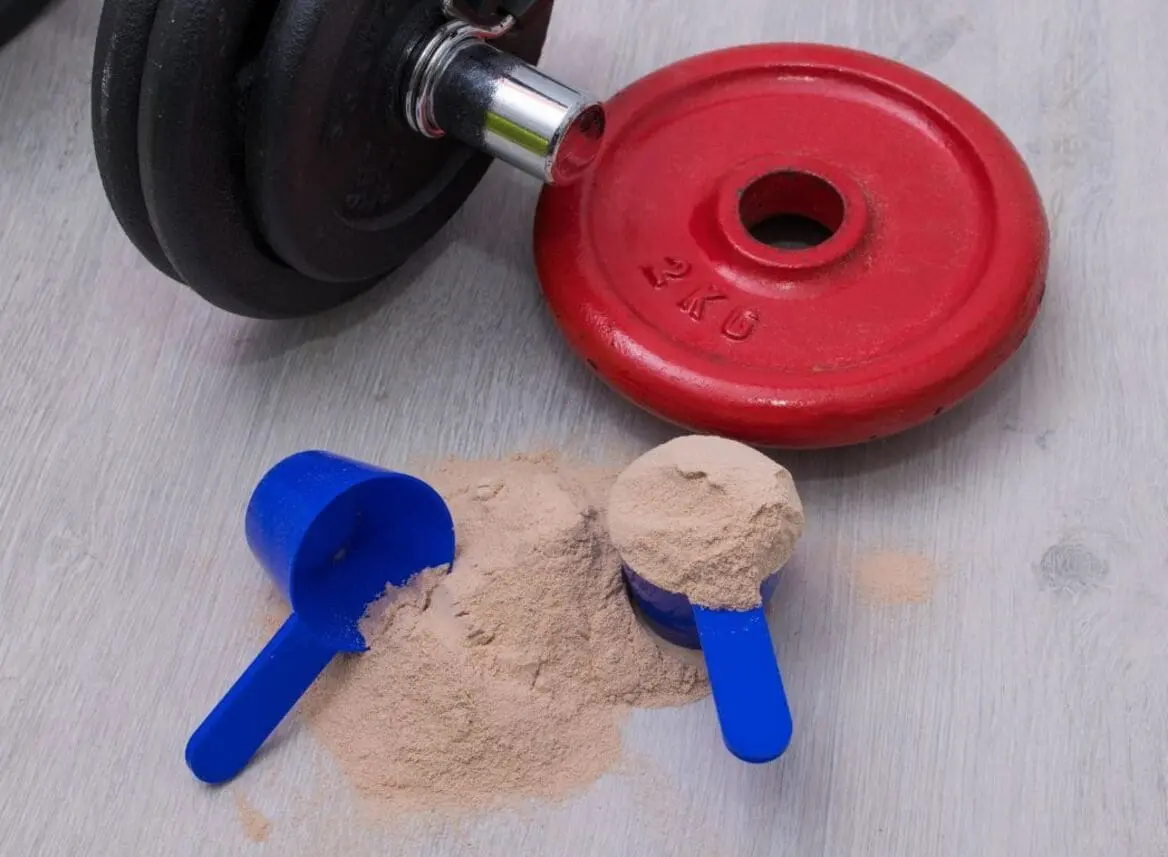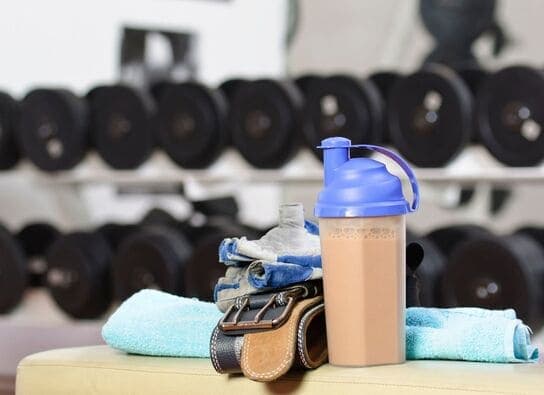Before and After Creatine: Your Ultimate Guide to Transforming Performance

January 7, 2025
If you’ve ever wondered about the tangible difference between before and after creatine, you’re certainly not alone. Creatine is one of the most extensively researched sports supplements available today, renowned for its ability to boost strength, increase muscle mass, and reduce fatigue. But what does this transformation actually look like in real life, and how can you make the most of it?
In this article, we’ll take a detailed journey through the before and after creatine experience. We’ll discuss what happens inside your body when you begin supplementing, how it may affect your exercise routine, and the key benefits you can look forward to over time. You’ll also gain practical tips on how to optimize your creatine intake for maximum results. By the end of this post, you’ll have a clear understanding of what to expect when you incorporate creatine into your fitness regimen—and how those expectations stack up against reality. Let’s dive in!
The Science Behind Creatine
Creatine is a naturally occurring compound primarily stored in your muscles. It’s synthesized in the liver, kidneys, and pancreas, and can also be sourced from foods like red meat and fish. However, many fitness enthusiasts opt to supplement with creatine to maximize their body’s stores and unlock a host of potential benefits. But what specifically happens before and after creatine supplementation starts?
Energy Production and Muscle Performance
When you begin supplementing with creatine, your muscles increase their stores of phosphocreatine. Phosphocreatine is crucial because it helps rapidly produce ATP (adenosine triphosphate), the primary energy currency for muscle contractions. Before creatine supplementation, you rely on the body’s baseline levels of phosphocreatine to fuel high-intensity efforts. As these stores are limited, you may fatigue quicker during resistance exercises or explosive movements like sprints or box jumps.
After creatine levels increase in your muscle cells, your phosphocreatine supply is higher, which can lead to greater energy reserves. In turn, this heightened energy availability often translates into improved strength, increased muscle volume, and the ability to squeeze out those extra reps during a tough workout. This is one reason why research shows that creatine can enhance muscle power by up to 5-15% in certain exercises.
Hydration and Cell Volumization
Another key effect of creatine is its ability to draw water into muscle cells, a process known as cell volumization. Before and after creatine usage, you might notice changes in muscle fullness. Early on, some people experience a rapid increase in muscle weight that is partially related to water retention. While this may appear as simple “water weight,” it’s actually a signal that your muscle cells are becoming more hydrated—a factor that can encourage better muscle growth and recovery over time.
Short-Term vs. Long-Term Effects
During the first couple of weeks of supplementation, you might observe subtle differences like slight weight gain and the ability to grind out a few extra reps. Over a longer period (6-8 weeks), you may experience more noticeable muscle growth and sustained improvements in workout performance. The changes you see will also depend on factors like your diet, training intensity, and overall lifestyle habits.
Common Questions, Challenges, and Misconceptions
Many people have questions about the before and after creatine experience, especially if they’ve heard conflicting information online or from fellow gym-goers. Let’s clarify some of the most common misconceptions and concerns to help you navigate your journey with confidence.
“Will I Gain ‘Water Weight’ and Look Bloated?”
One of the primary concerns about creatine is the potential for water retention. While it’s true that creatine draws water into muscle cells, this process usually creates a “fuller” muscle look rather than a bloated appearance. If you’re new to creatine, you may see the scale go up by 1-2 pounds in the first couple of weeks. This initial weight increase can be a positive sign that your muscles are well-hydrated. However, if you’re worried about bloating, ensuring you’re staying hydrated throughout the day and spreading out your creatine dose can help mitigate this.
“Is Loading Really Necessary?”
Creatine “loading” involves taking higher doses (around 20 grams per day) for 5-7 days to quickly saturate your muscle stores, followed by a maintenance dose (3-5 grams per day). While some people do notice faster results with a loading phase, others simply start with a consistent daily dose without any significant drop in overall effectiveness. It ultimately comes down to personal preference and how your body responds.
“What About Cycling Off Creatine?”
Another frequent question is whether you need to cycle off creatine to maintain its effectiveness. Research suggests that continuing creatine without cycling doesn’t seem to reduce its benefits. However, some individuals prefer to cycle to give their digestive system a break or to align with specific training phases. The key is consistency and timing: if you choose not to cycle, make sure you’re taking it daily and pairing it with a proper workout routine.
Our Top Recommendations

Optimum Nutrition Micronized Creatine Monohydrate Powder
Micronized for easy mixing, supports muscle growth and endurance.
See on Amazon$0.35 per 5g serving

Nutricost Creatine Monohydrate Micronized Powder
Third-party tested, non-GMO, 5g of pure creatine per serving.
See on Amazon$0.2 per 5g serving

NSF Certified, supports muscle power and recovery.
See on Amazon$0.46 per 5g serving

ProMix Creatine Monohydrate Powder
Micronized, additive-free, ideal for performance and recovery.
See on Amazon$0.36 per 5g serving

NOW Foods Sports Nutrition Unflavored
100% pure creatine, GMP certified, boosts strength and endurance.
See on Amazon$0.2 per 5g serving
Avoiding Digestive Issues
Some people experience mild digestive discomfort, especially if they take too high a dose at once. Splitting your daily intake into smaller doses and mixing it with plenty of water can help. Also, selecting a high-quality creatine monohydrate from a reputable brand reduces the risk of impurities that could lead to stomach upset.
How to Optimize Your Before and After Creatine Results
If you’re aiming to see impressive before and after creatine transformations, there are several steps you can take to maximize its impact. Incorporating creatine isn’t just about scooping powder into a glass of water; it’s about creating a comprehensive plan that aligns with your training and nutrition goals.
1. Choose the Right Timing
- Pre- or Post-Workout? Many people opt to take creatine immediately after a workout when muscles are most receptive to nutrient uptake. Others prefer taking it before workouts for a potential energy boost. Both methods can be effective, so experiment to find which timing best suits your training style.
- Daily Consistency: Regardless of when you take it, consistency is key. Aim to take creatine around the same time each day to maintain stable levels in your muscles.
2. Pair Creatine with Carbohydrates
Consuming creatine alongside a meal that contains carbohydrates can enhance its absorption. Some studies indicate that having creatine with a moderate amount of carbs—such as fruit, whole grains, or a sports drink—helps shuttle it into your muscles more efficiently.
3. Hydration, Hydration, Hydration
Creatine pulls water into your muscle cells, so you’ll need to drink enough water to support this process. Adequate hydration also helps prevent potential side effects like cramping or digestive discomfort. Make it a habit to drink water throughout the day, not just before and after your workouts.
4. Maintain a Balanced Diet and Solid Training Routine
No supplement can compensate for poor training or a suboptimal diet. To see tangible before and after creatine results, prioritize:
- A well-rounded workout program that includes both resistance training and cardiovascular exercise.
- Protein-rich meals to support muscle recovery and growth.
- Ample rest and recovery, including quality sleep and rest days, to allow your muscles to adapt and grow.
5. Track Your Progress
Keep a record of your workout performance, body measurements, and even photos if you want a visual comparison. Tracking your progress over weeks (and months) is the best way to see how creatine supplementation is truly influencing your strength, physique, and overall health.
Before and after creatine results can be genuinely impressive, leading to increases in muscle strength, enhanced endurance, and a more sculpted physique. Although everyone’s journey will differ based on genetics, training intensity, and lifestyle choices, the science is clear: creatine can offer a proven advantage for those looking to elevate their fitness levels.
As you embark on your creatine journey, remember that it’s not a magic pill—consistency and proper training are still essential. Stay well-hydrated, be mindful of your diet, and pay attention to how your body responds at every stage. If you’ve found this guide helpful, share it with your friends. If you’re curious to explore related topics, check out our other articles to continue optimizing your workout routine. Now is the perfect time to take control of your fitness journey—so start supplementing wisely and watch the transformation unfold!






